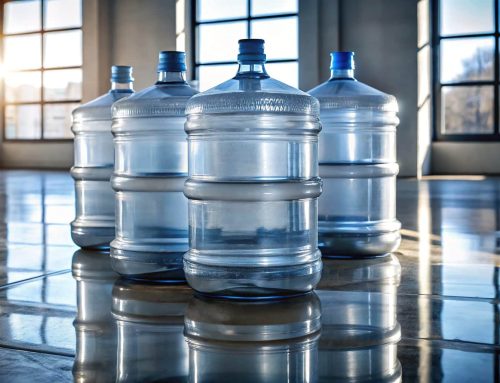U.S. residents may have experienced a change in the taste of their water recently and with it a change in colour that ultimately indicates certain levels of chlorine.
There has also been a change in the smell of tap water in the first two weeks of March, which has raised concern for the quality of water. The Orange Water and Sewer Authority (OWASA) have worked on the water and removed ammonia from it in March. This is done primarily to disinfect drinking water, primarily to avoid combining ammonia and chlorine for drinking water. North Carolina is also in need of water systems adequate for the use of chloramines that removes ammonia during, one month annually to reassure the disinfection of all water systems in the region.
Residents should thus be aware that the presence of chlorine in tap water is planned and safe. After letting water sit for 2 minutes, the chlorine is likely to disappear. If residents feel the need to ensure the water is safe, they are advised to simply boil it before drinking it. Otherwise, they can also switch to drinking bottled water for the time being.
Why North Carolina Requires Water Systems to Make Use of Chloramines
The city of North Carolina requires water systems that make use of chloramines for one month a year just to ensure it is safe and fit for consumption throughout the year. OWASA switched from using chlorine to chloramines as early as 2002, just to offset the taste of chlorine, which fades after allowing water to sit for a few minutes.
Whenever ammonia gets removed from the water, the taste and smell of chlorine become potent. Although the water may taste more like chlorine, the quality of water remains the same during March, as it does the rest of the year.






